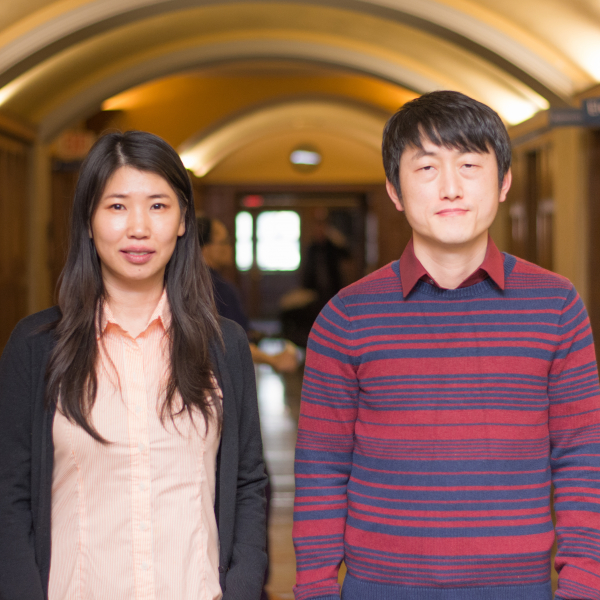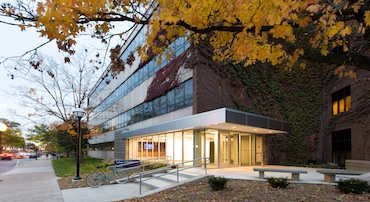A New Treatment Strategy Against Metastatic Cancer

Despite decades of research, it has been challenging to develop an effective cancer therapy that can eliminate large solid tumors as well as metastatic tumors, while preventing recurrence. Photothermal therapy is a therapeutic strategy that uses the near-infrared laser to generate heat for thermal ablation of cancer cells. Although early clinical trials have shown the promise of photothermal therapy, its site of action has been restricted to local tumors directly accessible to the source of laser irradiation, thus precluding its utility against disseminated tumors.
The University of Michigan College of Pharmacy's Moon Laboratory has demonstrated, for the first time, that combined chemo-photothermal therapy can eliminate primary tumors as well as disseminated metastatic tumors in multiple murine models of cancer.
In this new study, “Chemo-photothermal therapy combination elicits anti-tumor immunity against advanced metastatic cancer,” published in Nature Communications, it is reported that the development of a novel gold nanoparticle-based photothermal agent with extensive photothermal stability and efficiency. Strikingly, a single round of chemo-photothermal therapy generated robust anti-tumor immunity and achieved recurrence-free eradication of local primary tumors as well as untreated, distant tumors in more than 85% of mice bearing subcutaneous colon carcinoma. The team has also demonstrated that these animals had protective immunity against tumor relapse. Moreover, the same strategy also worked well in a highly aggressive model for advanced head and neck squamous cell carcinoma. Chemo-photothermal therapy strongly inhibited the lung metastasis of TC-1 tumors while effectively ablating the primary submucosa tumors.
“Our study sheds new light on a previously unrecognized, immunological facet of chemo-photothermal therapy,” said Dr. Jutaek Nam, the lead author of the study and a postdoctoral fellow in the Moon laboratory. “Our strategy offers a new approach for utilizing dying tumors cells for in situ cancer vaccination,” added Dr. Sejin Son, the co-lead author of the study and an Assistant Research Scientist in the Moon laboratory.
“These studies show the promise of anti-tumor immune responses and may lead to new therapeutic strategies against advanced cancer. Before clinical translation, we should carefully examine potential toxicities associated with metal-based photothermal agents used in these studies,” Dr. James Moon, John Gideon Searle Assistant Professor of Pharmaceutical Sciences, College of Pharmacy, added.



